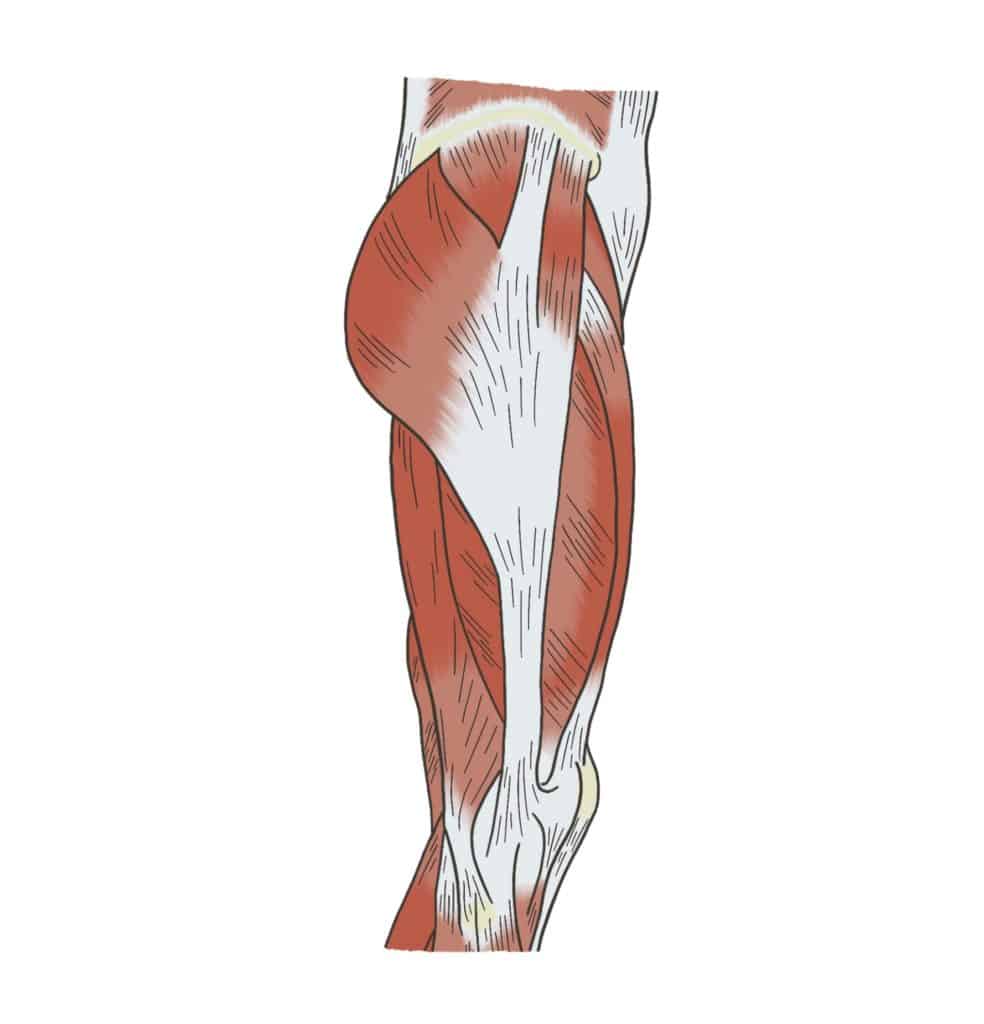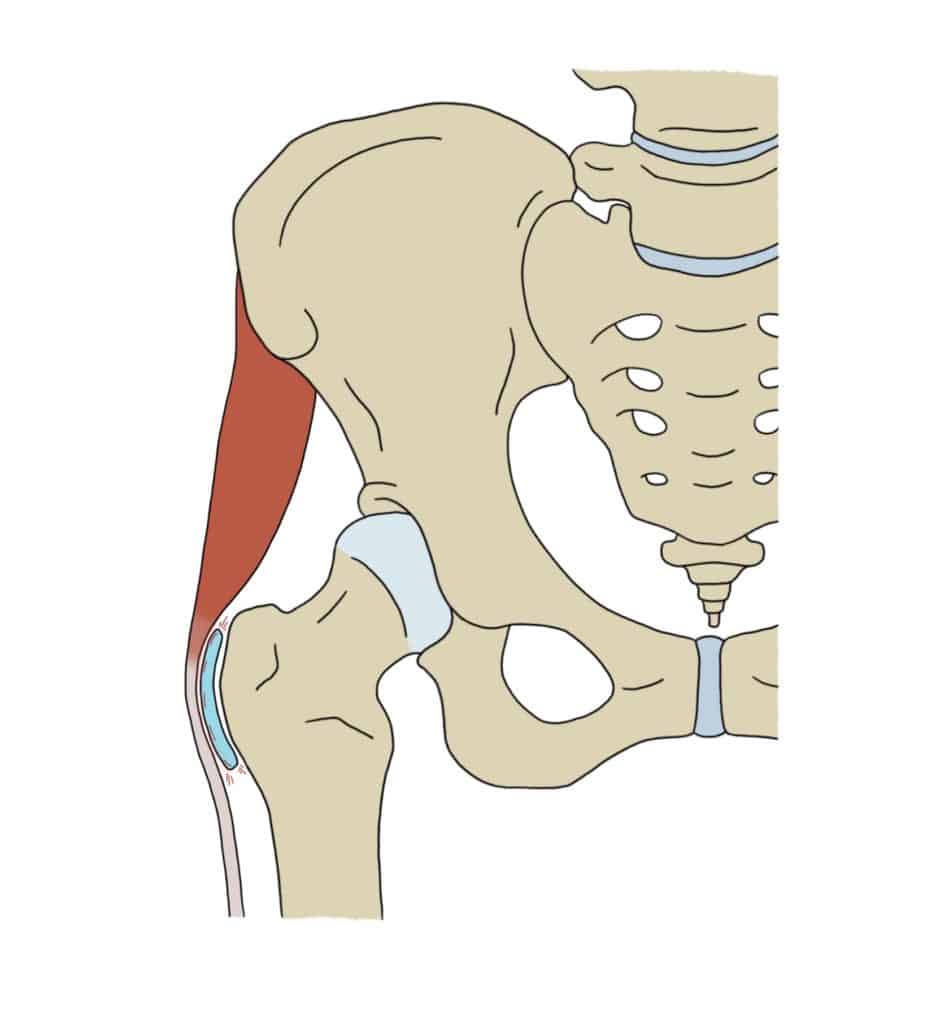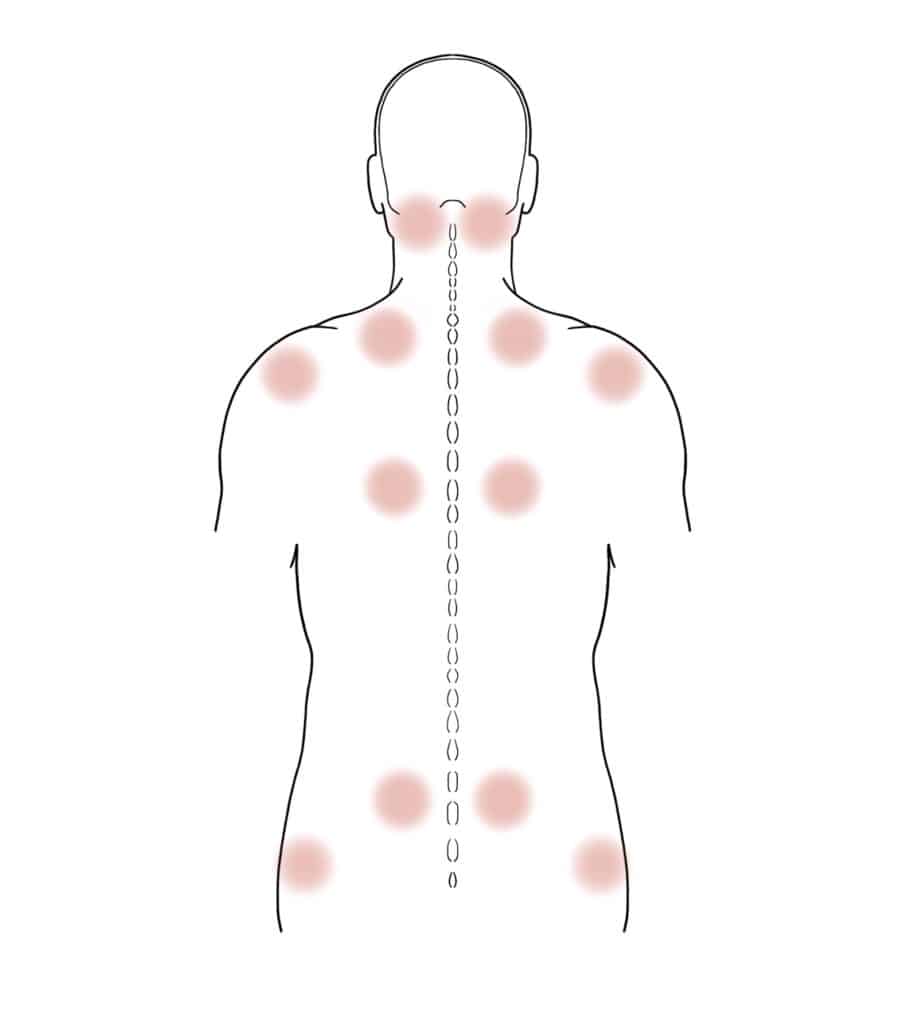Hips & Pelvis
Safe and effective treatment targeted at specific conditions to help ease and manage hip and pelvic pain.
There are many conditions that affect the hips and pelvic girdle and they are amongst the most common reasons for people visiting our clinic.
Our osteopaths are highly experienced in helping patients with hip and pelvic pain associated wish musculoskeletal causes.
Sacroiliac Joint Pain
Our sacroiliac joints are the large joints that connect the bottom of our spine (sacrum) with our large pelvic bones. There is an extensive network of ligaments and muscles that surround the sacroiliac joint which help to provide support and absorb shock between the upper body and the pelvis and legs.
We see sacroiliac joint pain in clinic frequently. The sacroiliac joint can become dysfunctional both when it has too much movement or too little movement. During your assessment, your osteopath will be able to tell you how well your sacroiliac joints are moving.
When the sacroiliac joints become inflamed they can cause lower back pain that can radiate to the hip, buttock and groin. Osteopathy can be highly effective at resolving sacroiliac joint pain. Your osteopath can also advise you on exercises to help stretch or strengthen the muscles around the joint.

Piriformis Syndrome
Our piriformis muscle is found in our gluteal region and externally rotates our hip and leg. Our sciatic nerve usually passes underneath the piriformis but can occasionally pierce through it. As a result, when the piriformis muscle becomes tight or inflamed, the sciatic nerve can also become compressed and irritated.
People with piriformis syndrome will often get a deep ache, burning or shooting sensation in their buttock, hip or thigh. It is usually aggravated by sitting for long periods, walking or climbing stairs.
The good news is that piriformis syndrome usually responds well to osteopathic treatment. Our osteopaths will not only focus on reducing tension and stretching the piriformis muscle to reduce inflammation and pain, but will also try to find the reason why the piriformis muscle has become tight in the first place. This can be a multitude of reasons such as poor hip mobility or nerve root irritation from the lower back. They will also recommend exercises to strengthen your piriformis and associated muscles to help prevent reoccurrence.

ITB Syndrome/ Snapping Hip
The ilio-tibial band (ITB) is a tight, thickened tendon that runs down the outside of your leg. It helps to stabilise the knee and hip joints. Snapping hip occurs when the ITB passes or ‘flicks’ over the outer bony prominence of our hip (the greater trochanter) and creates a clicking or ‘snapping’ sound. It is often not painful, but if left untreated can cause pain or an ache over the hip.
Snapping hip is usually the result of overly tight muscles and their tendons surrounding the hip joint. Young adults involved in sport, particularly gymnastics and dance are more likely to experience snapping hip.
Osteopathy can help to reduce pain and inflammation in the area with soft tissue massage, manipulation and joint articulation. If your snapping hip is painless hands-on treatment may not always be necessary, but your osteopath can help with exercises to stretch and strengthen the specific muscles around the hip, to help prevent it potentially progressing to bursitis.

Trochanteric Bursitis
A bursa is a fluid filled sac that helps to prevent friction between tendons and bone. We have bursas around every joint in the body, but the most common one to become inflamed is the trochanteric bursa over the lateral hip.
Trochanteric bursitis is a common cause of hip pain. The bursa usually becomes inflamed as a result of an overuse injury such as uphill walking, standing for long periods of time or incorrect posture/gait. People with scoliosis or a leg length difference are more likely to suffer with trochanteric bursitis due to the asymmetrical demands placed on the hips.
If you have trochanteric bursitis you will likely have pain in your hip when walking, climbing stairs and lying on the affected side. Osteopathy can help to reduce inflammation and pain in the area and increase range of movement in the hip joint by stretching associated muscles. They can also help to try and narrow down the cause of the bursitis and help to manage any predisposing factors.

Femoro-acetabular Impingement
Femoroacetabular impingement (FAI) is caused by a slight deformity in either the femoral head (ball) or the acetabulum (socket) of the hip joint. The slight change in shape of the joint causes the ball and socket to pinch together inducing pain or stiffness when flexing the hip (such as cycling or lifting your foot up to tie a shoelace).
Pain is usually felt in the groin and the front of the thigh. The cause of FAI is unknown but it is thought to occur in childhood when our joints are still developing. Levels of pain vary, and many people with FAI have no symptoms at all. Exercise may aggravate FAI but it does not cause it.
Your osteopath will be able to perform specific orthopaedic tests to ascertain whether or not it is likely you have FAI. Whilst osteopathy cannot cure FAI, it can improve range of motion in your hip and strengthen the muscles that support the joint. This can relieve some stress on the joint and reduce inflammation and therefore pain.

Symphysis Pubis Dysfunction (SPD)
Symphysis Pubis Dysfunction (SPD), which most commonly affects pregnant women, is a collection of symptoms that cause pain or discomfort into the pelvic region.
During pregnancy, the body produces a hormone called relaxin, which loosens the ligaments throughout our body. This allows the pelvis to expand in preparation for birth, but it can also mean that our joints are a little more unstable than they would usually be when going about our day-to-day life. Couple this with the huge postural changes which occur in a relatively short space of time during pregnancy and the demand on the joints becomes painful.
The most commonly experienced symptoms are pain into the front centre of your pelvis and pain into the lower back, this pain can also radiate into the groin, leg, perineum and lower abdomen. It may get worse when walking, turning in bed, going upstairs or getting in and out of the car.
If you are pregnant, the good news is that SPD almost always goes away after pregnancy but in the meantime Osteopathy can help to minimise and manage the symptoms. Our osteopaths are highly qualified and experienced in treating pregnant women. During your pregnancy, osteopathy is an effective form of treatment to help stabilise the joints, improve muscle function and minimise pain. We can also address any compensatory mechanisms occurring in the back, hips and other joints.

Fibromyalgia
Fibromyalgia is a very complex, long-term condition that causes widespread pain throughout the body.
There is no known cure for fibromyalgia. Exercise is well known to often help relieve symptoms but is sometimes difficult to achieve with the pain levels that patients have to endure. Fibromyalgia is often co-existent with headaches, temporomandibular joint disorders and many other conditions.
Our osteopaths understand and respect the fact that fibromyalgia affects each person differently and adjust their treatment and management approach accordingly. Our aim is to provide much needed relief to the patient in order for them to be able to manage their symptoms and continue every day life activities as much as possible.

Groin Strain
A groin strain is an injury to the inner muscles of the thigh (adductors). They most commonly occur in athletes after quick movements such as kicking, twisting or jumping. Most groin injuries that we see in clinic are acute injuries (happened fairly recently).
There are three grades of strain. Grade 1 occurs when the muscle is overstretched, you should be able to walk without pain but faster movements may hurt. In a Grade 2 strains a greater percentage of muscle fibres have been damaged and walking may cause sharp stabbing pains in the groin and inner thigh. A grade 3 strain/tear involves rupture of muscle fibres, any movement will be painful or not possible and there may be significant bruising or swelling.
Our osteopaths can help to aid the recovery time for a groin strain. The length of time you will need to recover will depend on the grade of strain/tear and your fitness level prior to the injury.

Arthritis
Osteoarthritis is a common condition that causes pain and inflammation in a joint. Often referred to as ‘wear and tear’ of the joint, it can occur at any age as a result of an injury but is most common in people over the age of 45. The cartilage within the joint becomes thinner, meaning that there is more friction.
Osteoarthritis is a normal, natural part of the aging process and many people with it will suffer no symptoms at all! However, when osteoarthritis is symptomatic, patients complain of stiffness, reduced range of movement and pain on activity. You may also feel a grinding or clunking sensation in the hip.
We can also get a type of arthritis called rheumatoid arthritis; this can affect multiple joints in our body at the same time. If our osteopaths suspect you have rheumatoid arthritis they will refer you to the GP for a blood test to confirm this. We can still treat patients once they have been diagnosed with rheumatoid arthritis and they can get a lot of symptom relief from osteopathic treatment, however it is more complex than osteoarthritis due to it’s nature and usually requires a combined treatment approach with your GP.
There is no cure for arthritis; however, osteopathy can offer symptomatic relief for many patients. Our osteopaths can help to increase range of movement available in the joint, decrease pain and improve function. Laser therapy has also been shown to be effective in reducing pain associated with arthritis, although the hip is the most difficult joint to apply the laser to due to how deep the socket of the joint is. We can also give you exercises to help improve range of movement and prolong the effect of treatment.

This is not an exhaustive list of the conditions we treat within the clinic. If you have a condition that has not been mentioned above please feel free to
call or email us, and we would be more than happy to discuss your symptoms with you and let you know if we are able to help.
